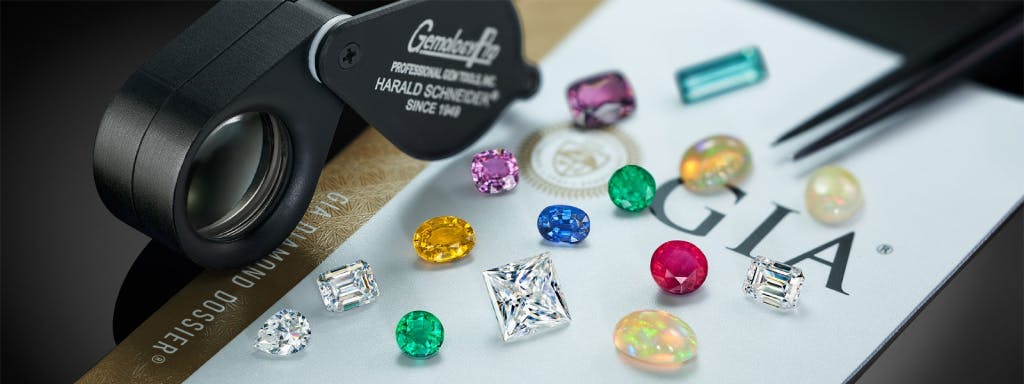
Blog
This section contains brief answers to a number of questions related to fine jewellery. It reveals the secrets of my workshop, discusses the basics and refutes common stereotypes.
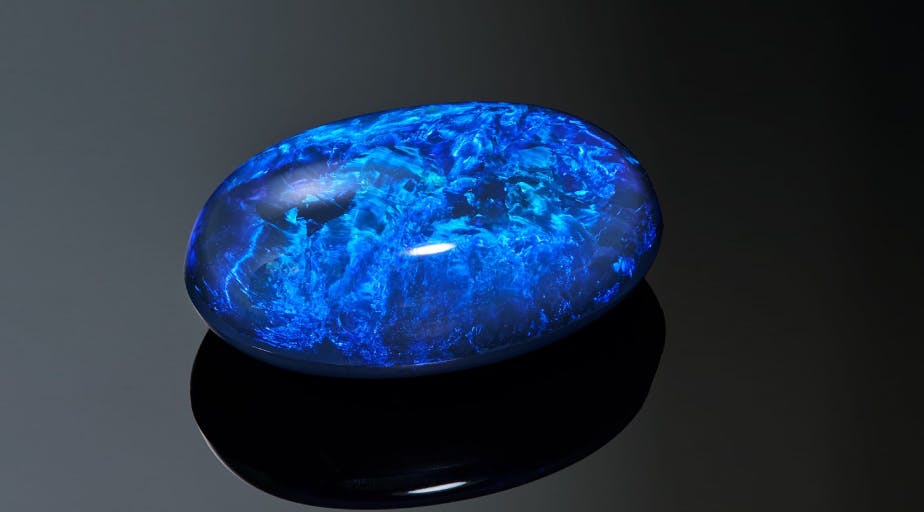
An investment in natural beauty
Knowledge of the rules should be the basis for purchasing jewellery or investment stones. Here are a few of them.
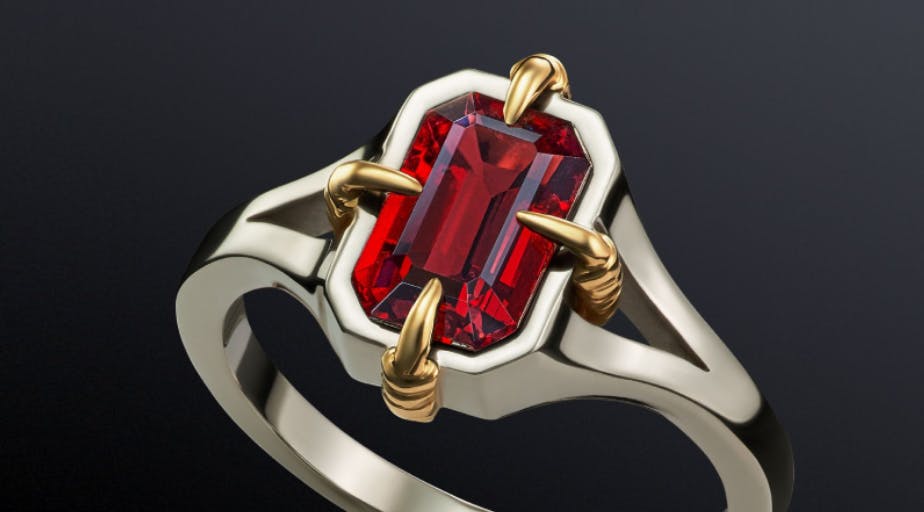
Spinel - the successor of ruby
Ruby has always been the undisputed king of red. However, a new competitor has emerged that is worth examinig closer.
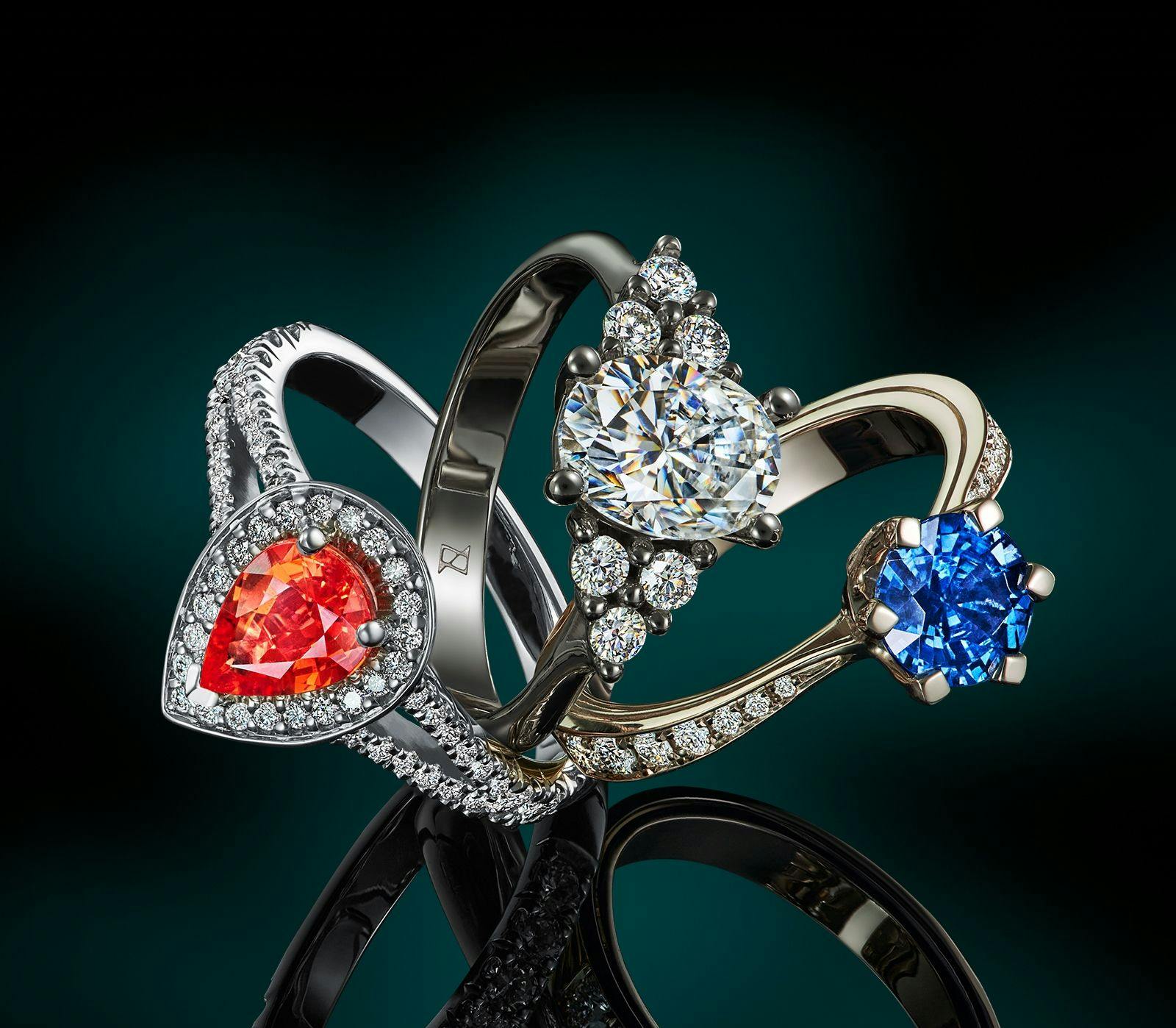
What is white gold?
In the past, white gold was an exotic material available only to the elite. Today it can be found in any jewellery store. But is it really white gold?
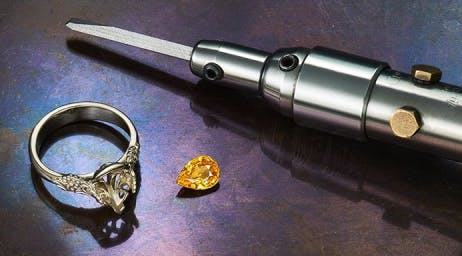
What is carat?
When we consider buying jewellery, we focus first on the shape, colours and material used. However, after a while we look at the more detailed parameters. This is where the mysterious 'carats' come in. What are they and how can they help us evaluate a given product?
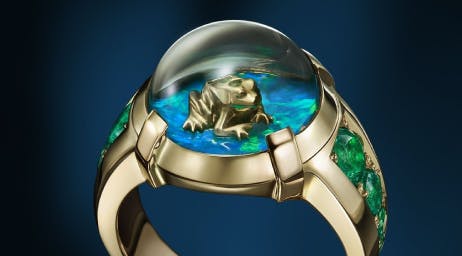
Myths about jewellery
Every time I browse the jewellery blogs, I have an overwhelming impression that the content is like fake news. What should you watch out for?
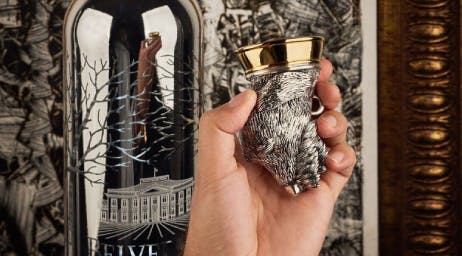
Is it worth investing in jewelry?
In the past, expensive jewellery was bought only twice in a lifetime: for an engagement and a wedding. On other occasions, such as anniversaries, a small gift from a regular shop was enough. Recently, however, we have seen a change that means striving for precious jewellery is worth every effort.
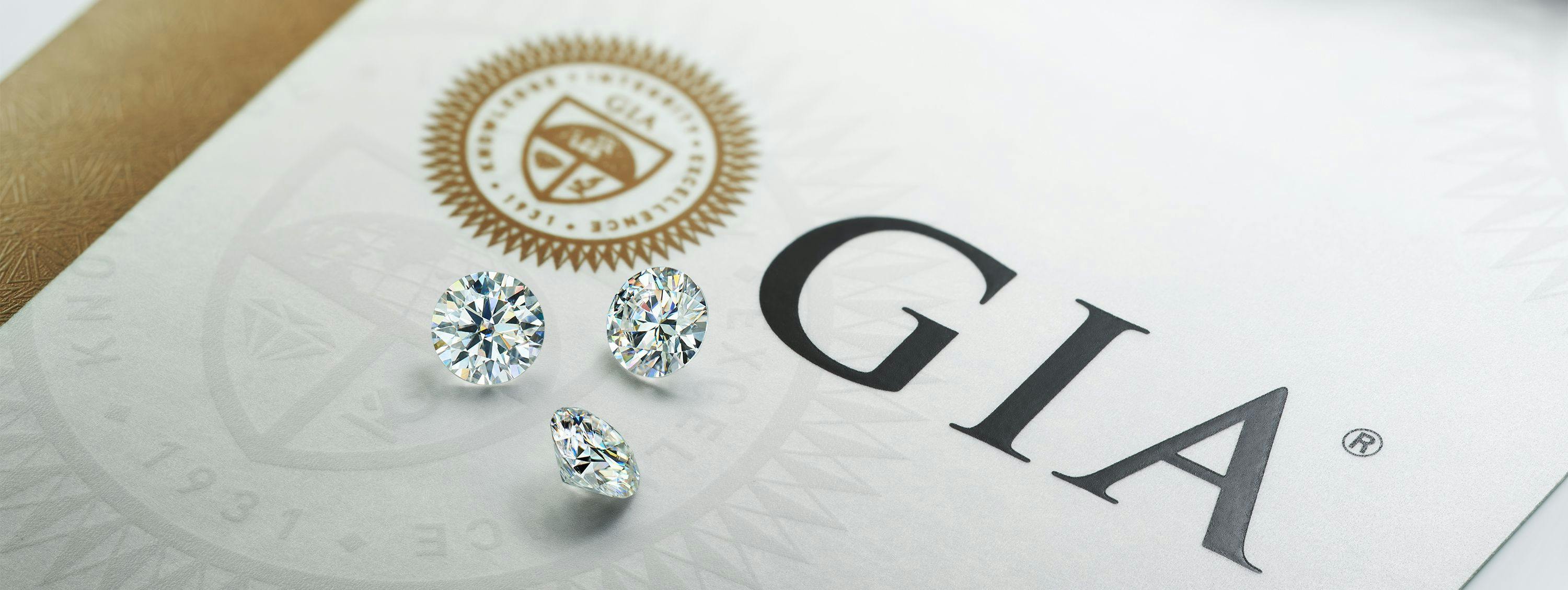
Diamond or Brilliant?
These words are used interchangeably for jewellery on the Internet. Are they just synonyms? Or maybe two words with a different meanings? What is the difference between a diamond and a brilliant?
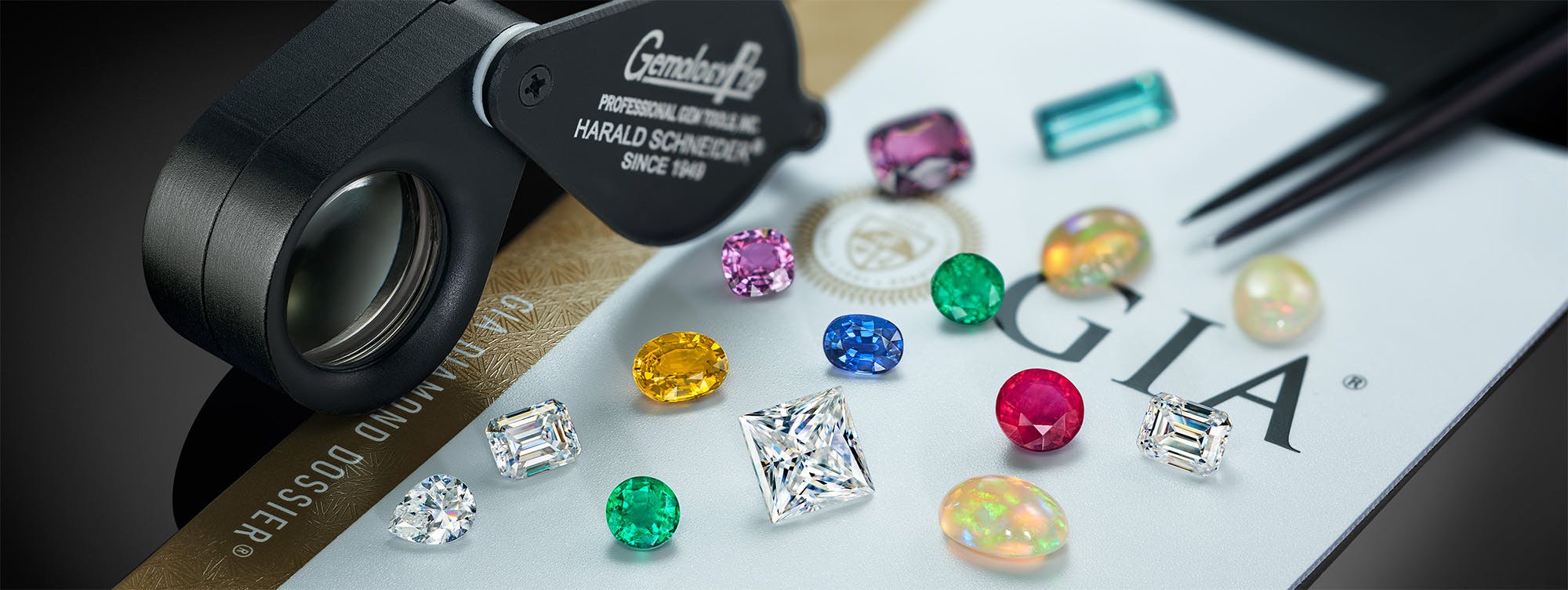
How are gemstones priced?
Anyone who is even slightly interested in jewellery associates the value of gemstones with parameters such as weight, diameter, purity, colour and cut. The first two factors seem to have an obvious effect on the price. With the remaining factors, the matter is a bit more complicated.
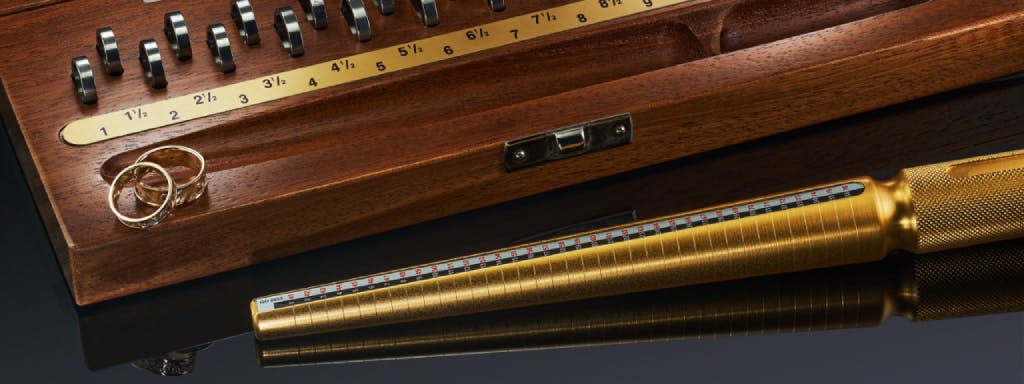
How do I measure my ring size?
When choosing engagement jewellery, the dilemmas may be the type of stone, the colour of gold or the selection of patterns. However, sometimes the biggest problem comes when you need to determine the size. How do you take a measurement without revealing your intentions?
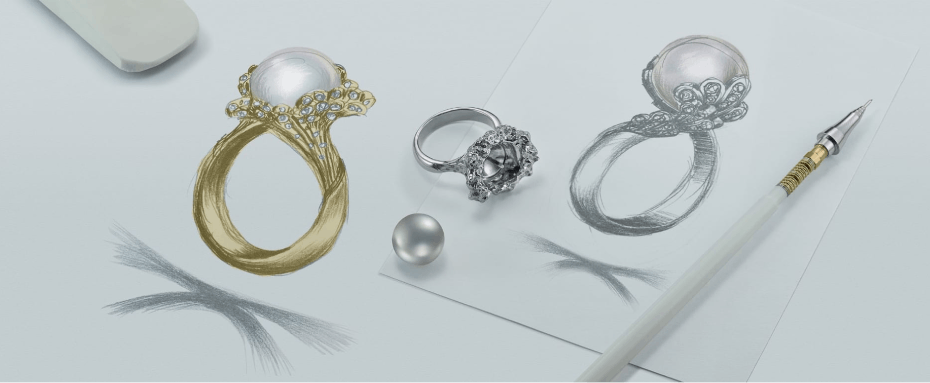
What ore to choose?
The basic criterion when choosing jewelry is the preferences of the person who will wear it. However, each alloy has its own properties that can help you make the final decision.
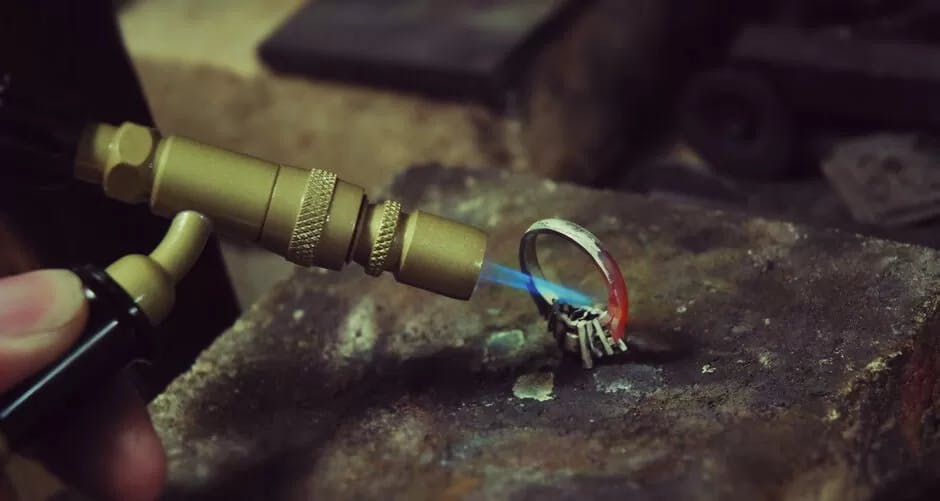
Soldering, casting and welding
When we look at hand-made jewellery, such a product is rarely made of one solid block of metal. Usually there are several elements that are then joined together. How are the parts connected?
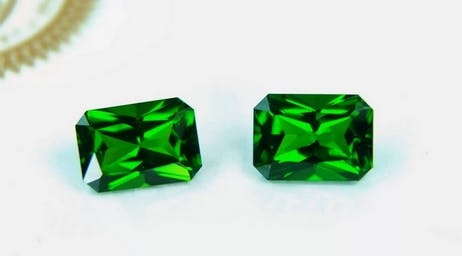
Tsavorite, an alternative to the emerald
Emerald is a very rare and highly valued variety of beryl. However, decades ago, a mineral was discovered that is not only cheaper, but also has fascinating properties.
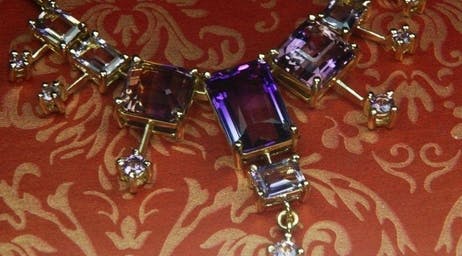
Jewellery as it used to be
100 years ago, to create anything, you needed great skill, extensive knowledge and hard-to-reach tools. Today, things are completely different. What changed?
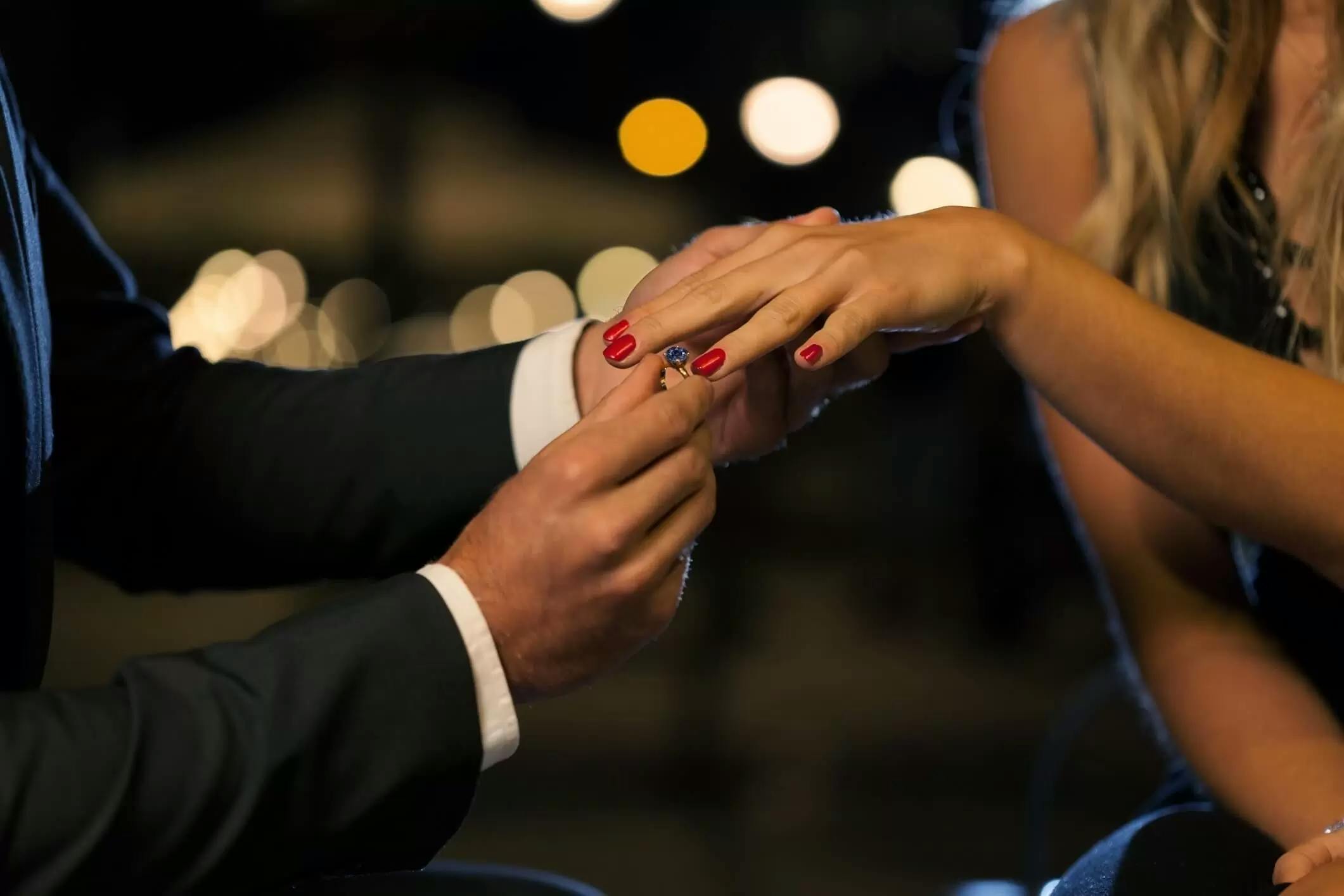
Why an engagement ring?
Until about 100 years ago, an engagement was a regular contract between two people who were planning to get married. Today it is not that easy. The strength of feelings must be demonstrated by properly selected jewellery in the form of a gift. What does an engagement ring mean?